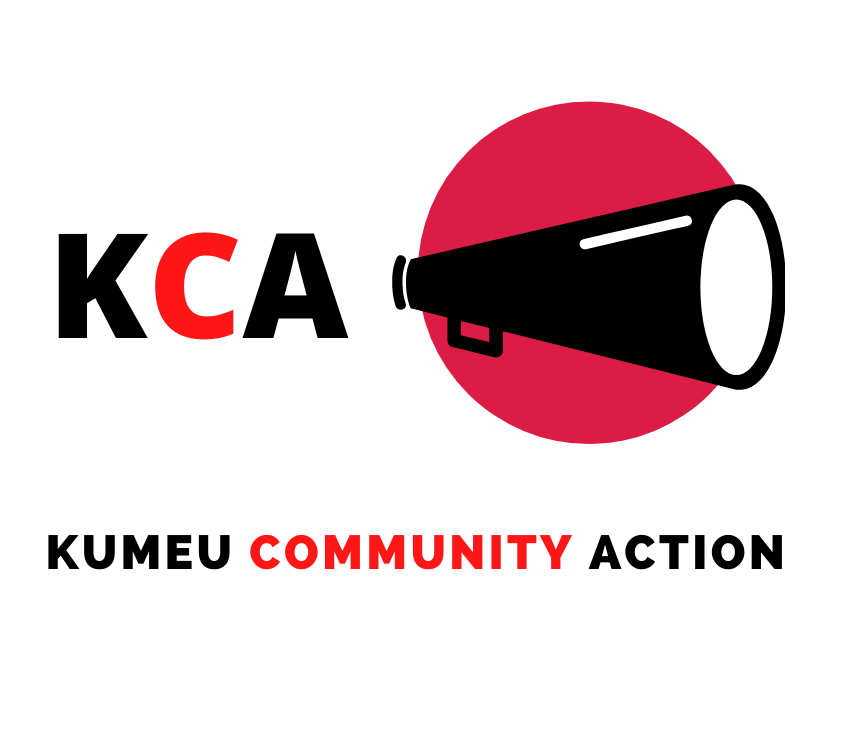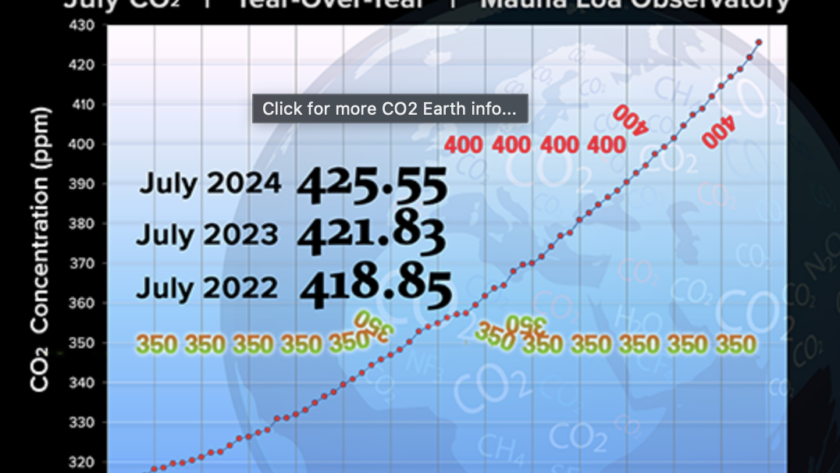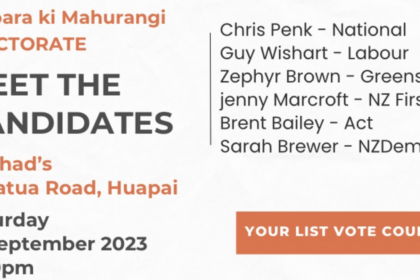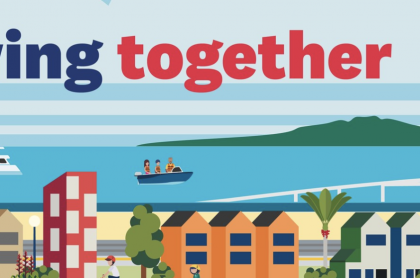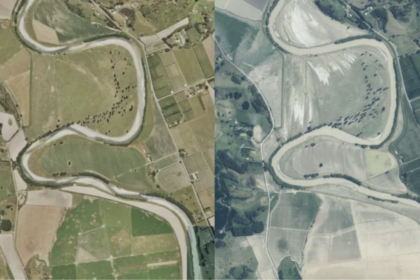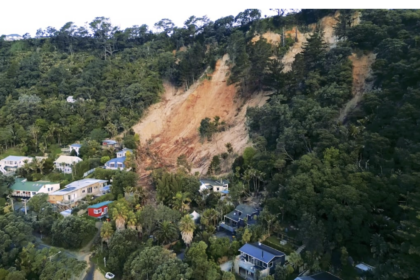Guy Wishart – Rodney Local Board – Opinion Piece
North West Auckland, like all other parts of New Zealand and the rest of the world are experiencing rising CO2 and increasing temperatures at an alarming rate. Sadly, this comes at a time of decreasing trust in science findings and the rise of rampant misinformation and disinformation combined with an increase in autocratic leaning governments and the elevated influence of large multinational companies.
We suspect that oil companies who talk about a green, productive future will not be planning on limiting their production if it risks a decrease in returns to their shareholders. We know that there are vested interests to ensure that it is “business as usual” and that paying lip service to a huge global issue has not been particularly detrimental so far.
However, we are told by the vast majority of climate scientists that there will be serious and long term outcomes for ignoring the rapid rise of greenhouse gas emissions. The one that has affected us the most in recent years has been excessive rainfall, resulting in overland flooding and slips.
Healthy Waters (a division of Auckland Council) has been grappling with what they could do to help reduce the effects of severe weather events on the lowlands between the Waitakere Ranges and Kaipara Harbour. New cameras are popping up next to bridges as part of the flood alert system.
Local Board members and Greg Sayers met with Healthy Waters staff recently. It was clear they were keen to inform the community about what they had been doing in terms of planning for a range of possible capital works projects. These included widening the river through Kumeu to increase flow, diverting flood waters and creating huge earth walls that capture massive quantities of flood water south of Kumeu, then releasing it after the river level drops. None of these had been settled on and there may be other ideas to come.
Healthy waters has modelled the effect of various capital works at reducing flooding levels and at this point the capture of flood waters on its way into Kumeu is looking the favourite. However, each project has a huge price tag and the business case to green light any works will need to be compelling.
So this is where Healthy Waters is, knowing full well they need to find viable solutions to what will be increased rates of rainfall from progressively larger atmospheric rivers and cyclones in the future. The Science is unequivocal on this basic law of physics, warmer air holds more water vapour, more water vapour results in a heavier rate of rainfall. A one degree celsius warming in the air translates, on average to about 7% more water vapour in that air.
This brings us to the option of managed retreat. The option where we don’t try to hold back millions of cubic metres of flood water, but just progressively move all the homes and businesses off the floodplain to safer, higher ground. It is by far and away the safest option for the NW community, but again, it will be expensive. This may in the end be the most viable option. It would allow the land to be returned to agricultural production where warning systems would allow the movement of stock to safety. It would allow large council reserves to be developed along the margins of our rivers, some may be sports fields, others nature reserves. It would provide a natural greenbelt running from the Waitakere Ranges, through the valleys and on to Te Awaroa and the mighty Kaipara.
What do you think?
